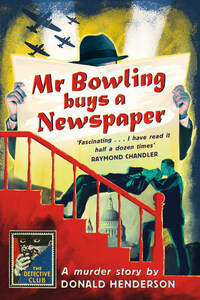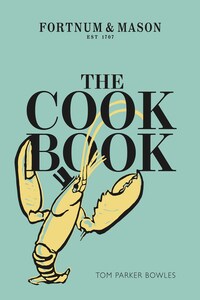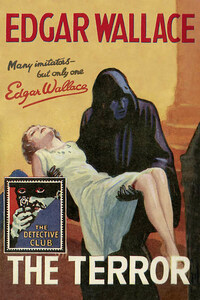‘THE DETECTIVE STORY CLUB is a clearing house for the best detective and mystery stories chosen for you by a select committee of experts. Only the most ingenious crime stories will be published under the THE DETECTIVE STORY CLUB imprint. A special distinguishing stamp appears on the wrapper and title page of every THE DETECTIVE STORY CLUB book—the Man with the Gun. Always look for the Man with the Gun when buying a Crime book.’
Wm. Collins Sons & Co. Ltd., 1929
Now the Man with the Gun is back in this series of COLLINS CRIME CLUB reprints, and with him the chance to experience the classic books that influenced the Golden Age of crime fiction.
COLLINS CRIME CLUB
an imprint of HarperCollinsPublishers Ltd
1 London Bridge Street
London SE1 9GF
www.harpercollins.co.uk
First published in Great Britain by Constable & Co. 1943
Introduction © Martin Edwards 2018
Cover layout design © HarperCollinsPublishers Ltd 2018
A catalogue copy of this book is available from the British Library.
This novel is entirely a work of fiction. The names, characters and incidents portrayed in it are the work of the author’s imagination. Any resemblance to actual persons, living or dead, events or localities is entirely coincidental.
All rights reserved under International and Pan-American Copyright Conventions. By payment of the required fees, you have been granted the non-exclusive, non-transferable right to access and read the text of this e-book on screen. No part of this text may be reproduced, transmitted, down-loaded, decompiled, reverse engineered, or stored in or introduced into any information storage and retrieval system, in any form or by any means, whether electronic or mechanical, now known or hereinafter invented, without the express written permission of HarperCollins.
Source ISBN: 9780008265311
Ebook Edition © February 2018 ISBN: 9780008265328
Version: 2017-12-14
DONALD HENDERSON’S Mr Bowling Buys a Newspaper earned considerable acclaim when it was first published in 1943, but for many years the book has been out of print. This neglect seems unaccountable, given that its admirers included Raymond Chandler. As readers of this welcome reissue will find, Henderson crafted a distinctive work of fiction; what is more, the story behind it is equally intriguing, while the tale of the author’s life is not only thought-provoking but also poignant.
Chandler wrote ‘The Simple Art of Murder’, his critical essay about the crime genre, which famously proclaims ‘down these mean streets a man must go who is not himself mean, who is neither tarnished nor afraid’, for the Atlantic Monthly. It appeared in December 1944, not long after Henderson’s book was published. Having flayed several leading writers of classic whodunits, Chandler talked at length about Dashiell Hammett’s gift for writing realistic crime fiction, before saying: ‘Without him there might not have been … an ironic study as able as Raymond Postgate’s Verdict of Twelve … or a tragi-comic idealization of the murderer as in Donald Henderson’s Mr Bowling Buys a Newspaper …’
To have one’s book name-checked by such a major author, and in an essay which has been much-quoted over the years, would be a fillip to any struggling novelist’s career. Tragically, Henderson did not gain any long-term benefit from it; less than three years later he was dead, at the age of 41. In the course of his short and often troubled life, however, he published fourteen novels, as well as non-fiction books, stage plays and radio plays.
Until recently, little was known about Henderson, and even less had been written about him and his work. Thanks to the diligent and invaluable research of Paul T. Harding, much information has come to light, and Henderson’s fragmentary archive has been presented to the University of Reading. Paul Harding has also edited an unpublished memoir written by Henderson; its title The Brink comes from the final sentence, which sums up the author’s bleak worldview: ‘There is always a chasm gaping at one’s feet, and although merry enough about it, most people finally get a little tired of hovering on the brink.’
Donald Landels Henderson was born in 1905; he had a twin sister, but their mother died four days after giving birth. Henderson’s twin, Janet, also died in childbirth, when she was 28. Their father re-married when the twins were four, and Henderson was to say, ‘I cannot pretend to have enjoyed anything very much about my childhood or adolescence.’ He was educated at public school, and under pressure from his businessman father he took up a career in farming. But agricultural life didn’t suit Henderson, and a stint as a publisher’s salesman brought only misery. He enjoyed better fortune working for a stockbroker, but he abandoned the City in his mid-twenties during a turbulent period when he suffered a nervous breakdown.









